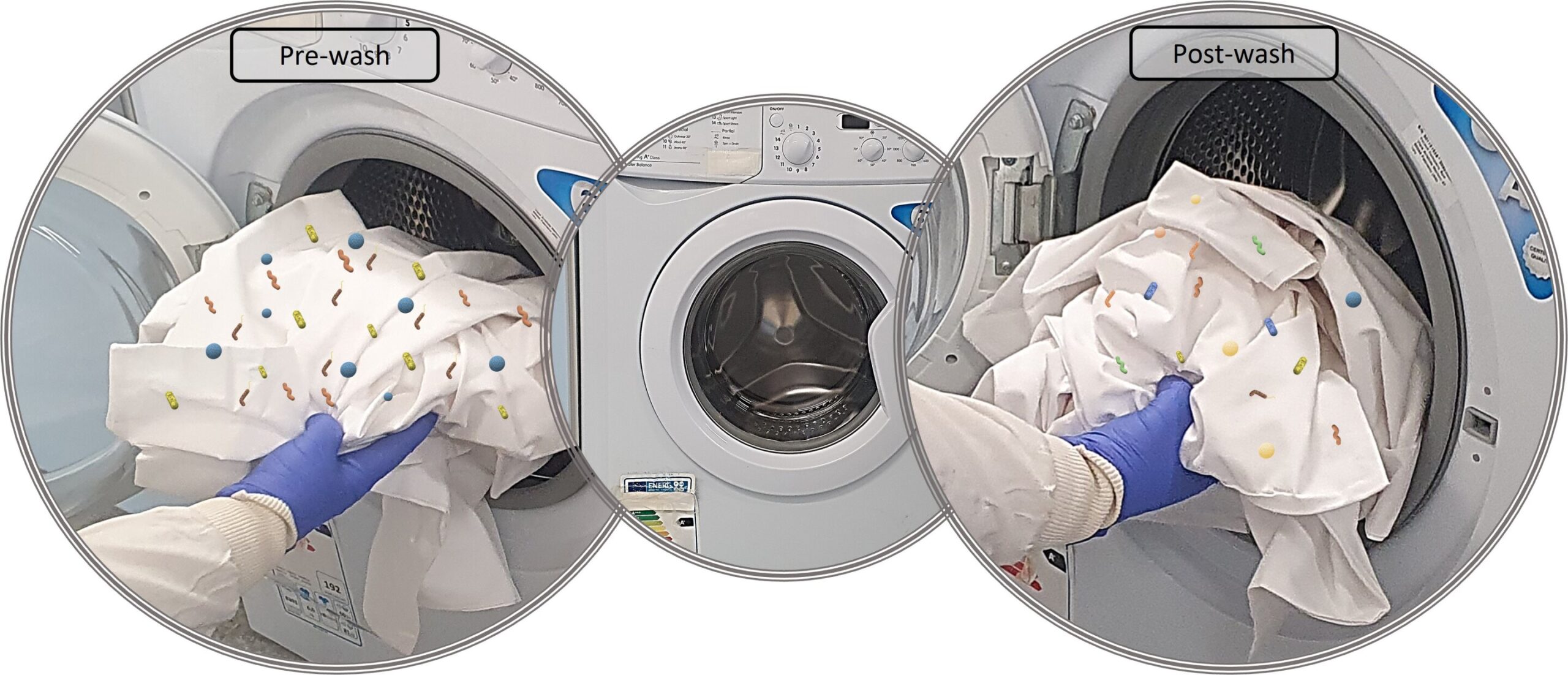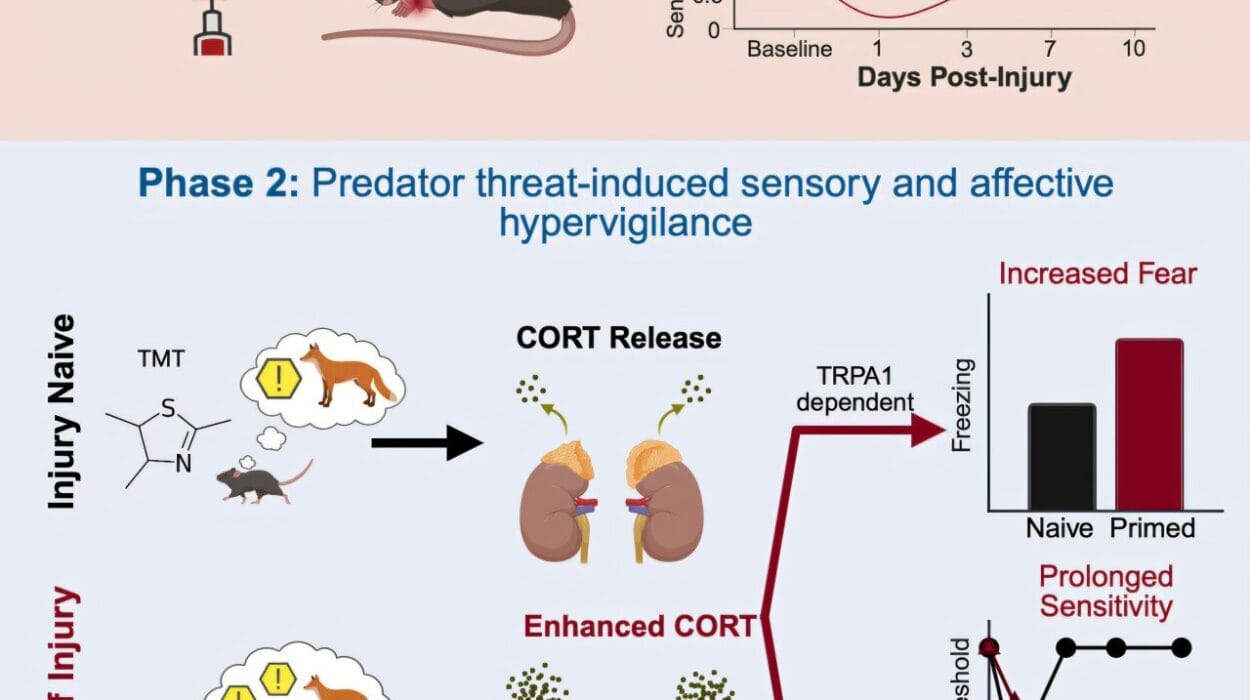In a startling twist to the ongoing war against superbugs, a new study has revealed that the battle may be quietly unraveling not just in hospitals or research labs—but in our laundry rooms. According to groundbreaking research led by microbiologist Katie Laird of De Montfort University, and published in PLOS One, health care workers washing their uniforms at home may be inadvertently spreading antibiotic-resistant bacteria back into hospitals, creating an underrecognized cycle of infection.
This revelation sheds light on an overlooked factor in infection control and raises urgent questions about how we clean what we wear—especially in environments where the smallest lapse can cost lives.
A Microscopic Threat in Every Thread
Hospitals have long been a battleground in the fight against infections. From surgical theaters to intensive care units, every surface is sanitized, every procedure scrutinized. Yet, amid this vigilance, one object often leaves the hospital unnoticed: the staff uniform. Whether it’s scrubs, coats, or nursing tunics, these garments follow healthcare workers home—and often end up in domestic washing machines.
While this practice might seem harmless, or even hygienic, scientists now warn it could be playing a dangerous role in the spread of hospital-acquired infections (HAIs). These infections, often caused by antibiotic-resistant bacteria, are a leading threat to public health. They account for thousands of deaths annually and burden healthcare systems with billions in added costs.
Katie Laird and her team decided to investigate whether home laundering—commonly relied upon by nurses and care workers—was really eliminating the microbial threats these uniforms carry. The results were unsettling.
Testing the Limits of the Modern Washing Machine
The research team selected six common models of domestic washing machines, simulating real-world laundering scenarios by introducing fabric swatches contaminated with antibiotic-resistant bacteria into each washer. The garments were cleaned using either rapid or standard wash cycles with hot water—methods commonly employed by healthcare workers.
But the wash cycles failed to deliver on their promise of cleanliness.
Half the machines tested did not adequately disinfect the garments during a rapid cycle, and shockingly, one-third failed even during a full, normal cycle. In other words, despite the swirl of hot water and detergent, significant numbers of dangerous microbes clung to the fibers of clothing that would be worn back into hospitals the next day.
It’s a deeply troubling finding—particularly in light of how easily uniforms can act as vectors. Bacteria like Staphylococcus aureus, Clostridium difficile, or Acinetobacter baumannii are known to survive on textiles for days, capable of spreading to hospital surfaces, patients, and even other healthcare workers.
Biofilms: The Bacterial Cities Hiding in Washing Machines
The study didn’t stop at the clothing. Laird’s team also took a closer look at the machines themselves—sampling biofilms from the interiors of 12 household washing machines.
Biofilms are structured communities of bacteria that adhere to surfaces and encase themselves in a protective matrix. They are notoriously difficult to eliminate, and they thrive in damp, nutrient-rich environments—like the hidden rubber seals and water traps of a washing machine.
Using DNA sequencing techniques, the researchers uncovered an alarming variety of potentially pathogenic bacteria in these biofilms. Worse, they identified genes associated with antibiotic resistance. These biofilms essentially function as microbial incubators, offering bacteria both shelter and opportunities to exchange genetic material, including resistance genes.
And the plot thickens: the study also discovered evidence that bacteria may be developing resistance not just to antibiotics, but also to household detergents. This dual resistance makes them even harder to eliminate, creating a loop where insufficient laundering strengthens microbial resilience.
Antibiotic Resistance: A Slow-Burning Global Crisis
To fully understand the implications of this study, it’s important to consider the broader context. Antibiotic resistance is not a distant or hypothetical problem; it is a global health emergency. The World Health Organization has declared it one of the top 10 threats to human health.
Antibiotics, once hailed as miracle drugs, are steadily losing their effectiveness. Overuse and misuse in agriculture and medicine have driven the evolution of resistant strains. And now, this study suggests that our daily routines—including how we wash clothes—could be accelerating the problem.
Textiles can act as reservoirs and vectors for resistant microbes. When a hospital worker unknowingly wears bacteria-laden clothing, they may be introducing these pathogens into high-risk environments. Conversely, when they bring their uniforms home, they may be seeding their own households with hospital-grade bacteria.
Rethinking Hygiene: Is Home Washing Still Safe?
Most people trust their washing machines implicitly. After all, they make our clothes look and smell clean. But cleanliness is not the same as disinfection, especially when dealing with organisms that have evolved to survive chemical assaults and high temperatures.
Standard home wash cycles often fail to reach the necessary temperature (at least 60°C or 140°F) consistently enough to kill hardy microbes. Detergents, while effective at removing stains, may not break down biofilms or destroy bacteria completely. And rapid cycles, designed to save time and energy, may inadvertently be saving bacteria too.
This means that unless strict protocols are followed—like using bleach-based disinfectants, washing at consistently high temperatures, and drying garments thoroughly—home laundering may not be enough.
Policy Implications: Toward Safer Solutions
The study’s authors are clear in their recommendations: It’s time to revise the laundering guidelines for health care workers. Relying on home machines, they argue, is no longer a safe or scientifically defensible practice when it comes to disinfecting medical uniforms.
One alternative is for hospitals to adopt or expand the use of on-site industrial laundry systems, which are designed to meet stringent hygiene standards. These machines reach higher temperatures, use specialized disinfectants, and follow protocols validated by infection control specialists.
Implementing centralized laundering would not only help contain the spread of antibiotic-resistant bacteria, but also remove the burden from individual workers—many of whom may be unaware of the risks or unable to meet the high standards required.
This shift may also protect healthcare workers’ families, who currently face exposure to pathogens that hitch a ride on uniforms, potentially leading to infections outside the clinical setting.
A Wake-Up Call Hidden in the Wash
The findings from Katie Laird’s team may be inconvenient, but they are also indispensable. They force us to reevaluate what we assume about cleanliness, especially in settings where microbial threats are pervasive and often invisible.
Hospitals and policymakers must now confront an uncomfortable truth: our approach to laundering medical garments has not kept pace with the evolving threat of antibiotic resistance. It’s not just about making uniforms look clean—it’s about ensuring they don’t become stealth carriers of deadly pathogens.
As the authors aptly concluded, “If we’re serious about the transmission of infectious disease via textiles and tackling antimicrobial resistance, we must rethink how we launder what our health care workers wear.”
The Future of Infection Control Begins at Home
In a world increasingly threatened by invisible enemies, every overlooked detail matters. The humble washing machine, often relegated to the background of domestic life, now finds itself at the center of an important conversation about public health.
This study is not merely a critique of domestic laundering—it is a call to action. It urges us to bridge the gap between the hospital and the home, between clinical protocol and everyday habit. Because in the fight against antibiotic resistance, even the smallest actions—like how we wash our clothes—could tip the balance.
As we continue searching for new antibiotics and improved treatments, let’s not forget the low-tech front lines. Infection control starts not just with science and strategy, but with awareness, accountability, and, sometimes, a better load of laundry.
Reference: Caroline Cayrou et al, Domestic laundering of healthcare textiles: Disinfection efficacy and risks of antibiotic resistance transmission, PLOS One (2025). DOI: 10.1371/journal.pone.0321467. journals.plos.org/plosone/arti … journal.pone.0321467






